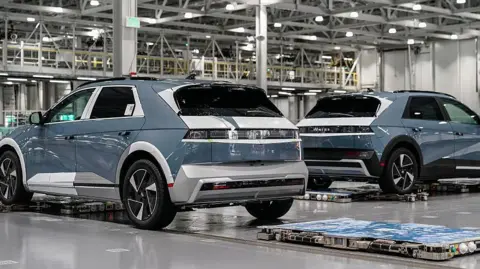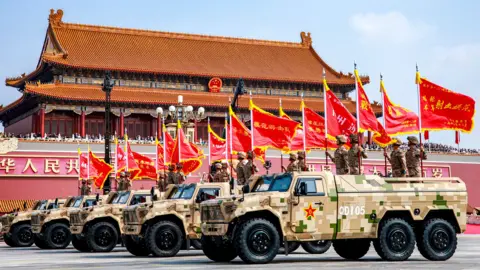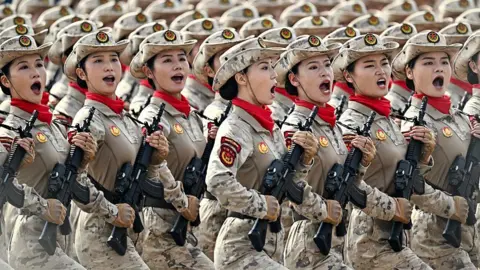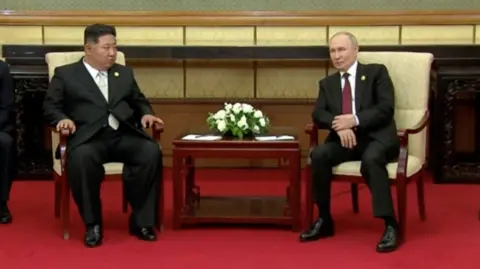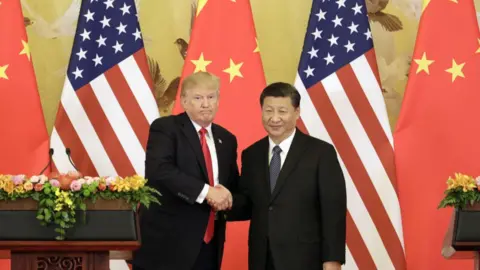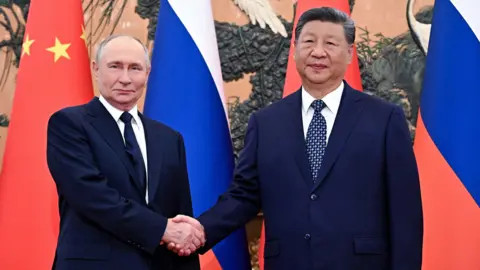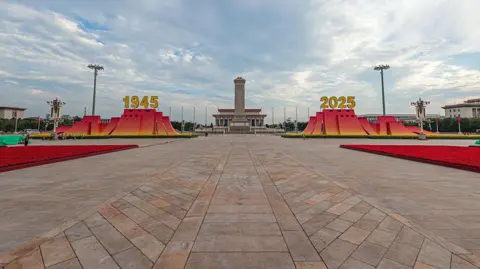In a notable U-turn, the U.S. government recently reinstated permission for Chinese tech firms to purchase Nvidia’s artificial intelligence chips, just three months after imposing restrictions. Meanwhile, Beijing has signaled intentions to limit technology transfers concerning eight critical elements for electric vehicle battery manufacturing, impacting the plans of Chinese automakers looking to establish factories abroad due to European Union pressure. Australian Prime Minister Anthony Albanese's visit to China, aimed at strengthening bilateral relations, adds another layer to the intricacies of international diplomacy in this shifting economic landscape.
China's Economic Resilience: Growth Amidst U.S. Tariffs

China's Economic Resilience: Growth Amidst U.S. Tariffs
China's economy continues to thrive, showcasing resilience against U.S. tariffs as it adapts through strategic investments.
China's economy has demonstrated a surprising growth trend despite facing imposing tariffs from the Trump administration. In a recent report, official figures revealed that the nation's economy grew steadily this spring, backed by robust investments in infrastructure and a surge in global exports. Additional factors, including anticipatory buying behaviors influenced by potential tariffs, have further contributed to this positive economic outlook. Economists predict that if the current growth trajectory persists, China's annual economic expansion could reach around 4.1%, closely mirroring growth rates from earlier in the year. While the U.S. grapples with escalating inflation attributed to these tariffs — particularly notable in sectors such as household furnishings — China appears to navigate through these challenges effectively.





